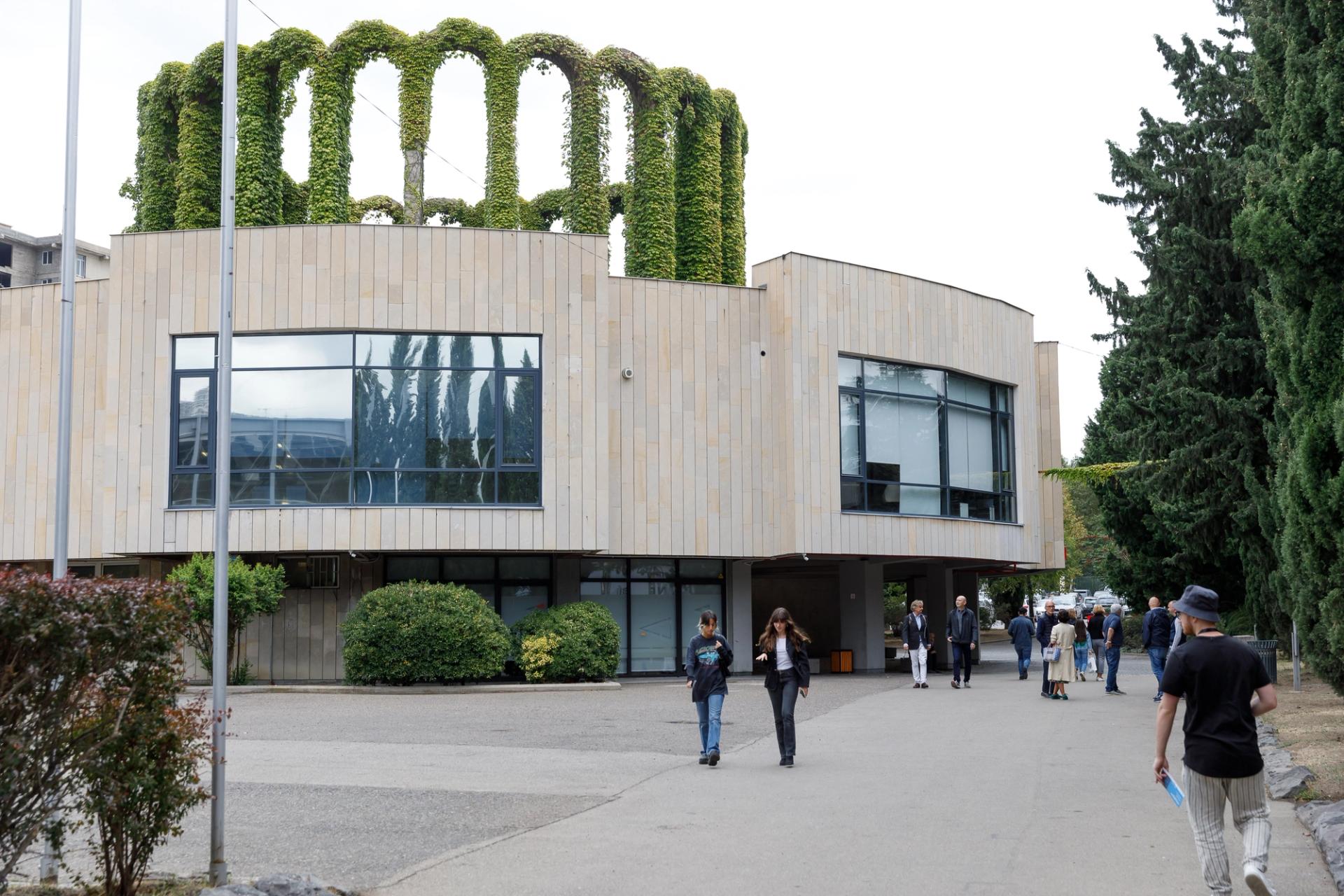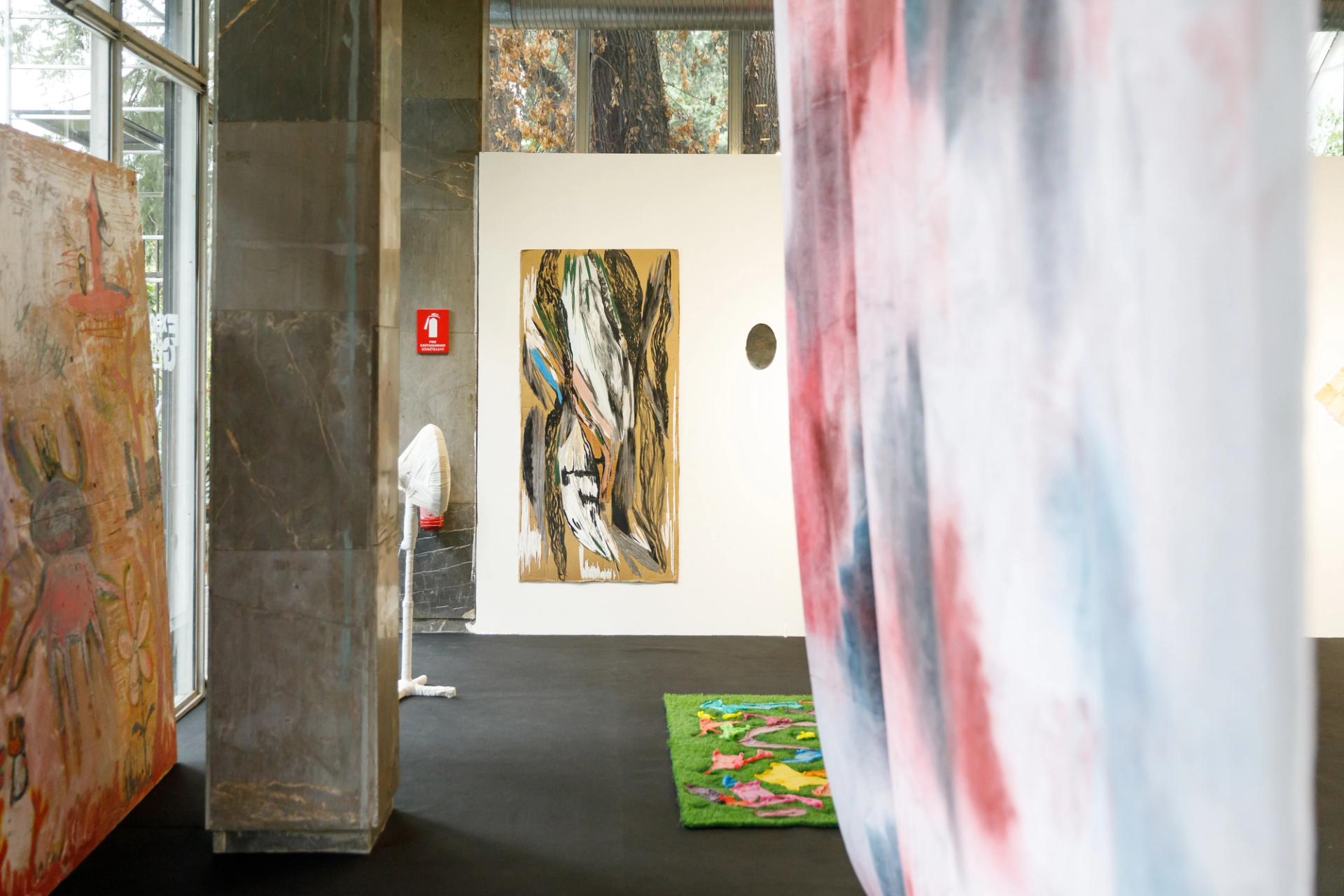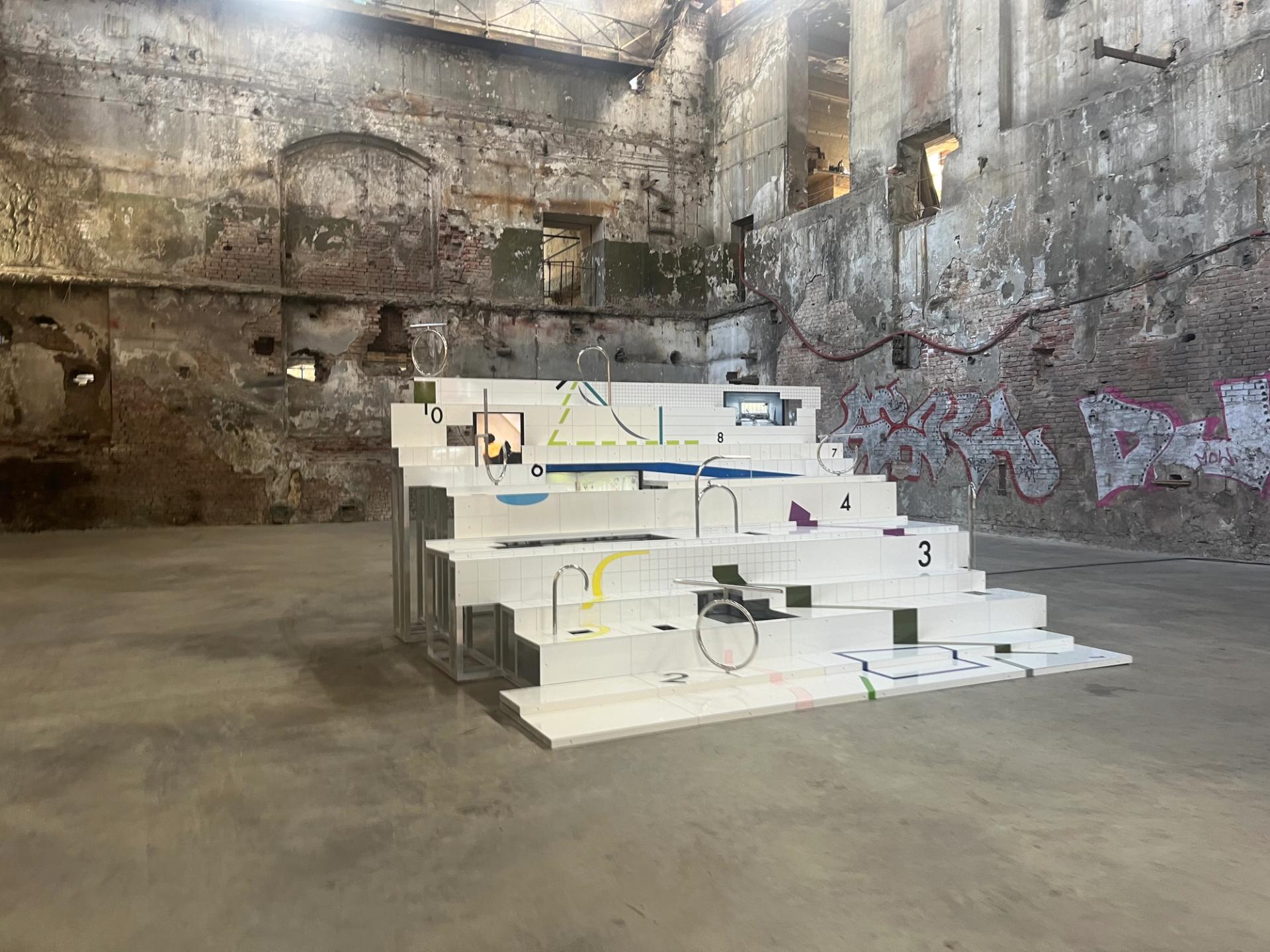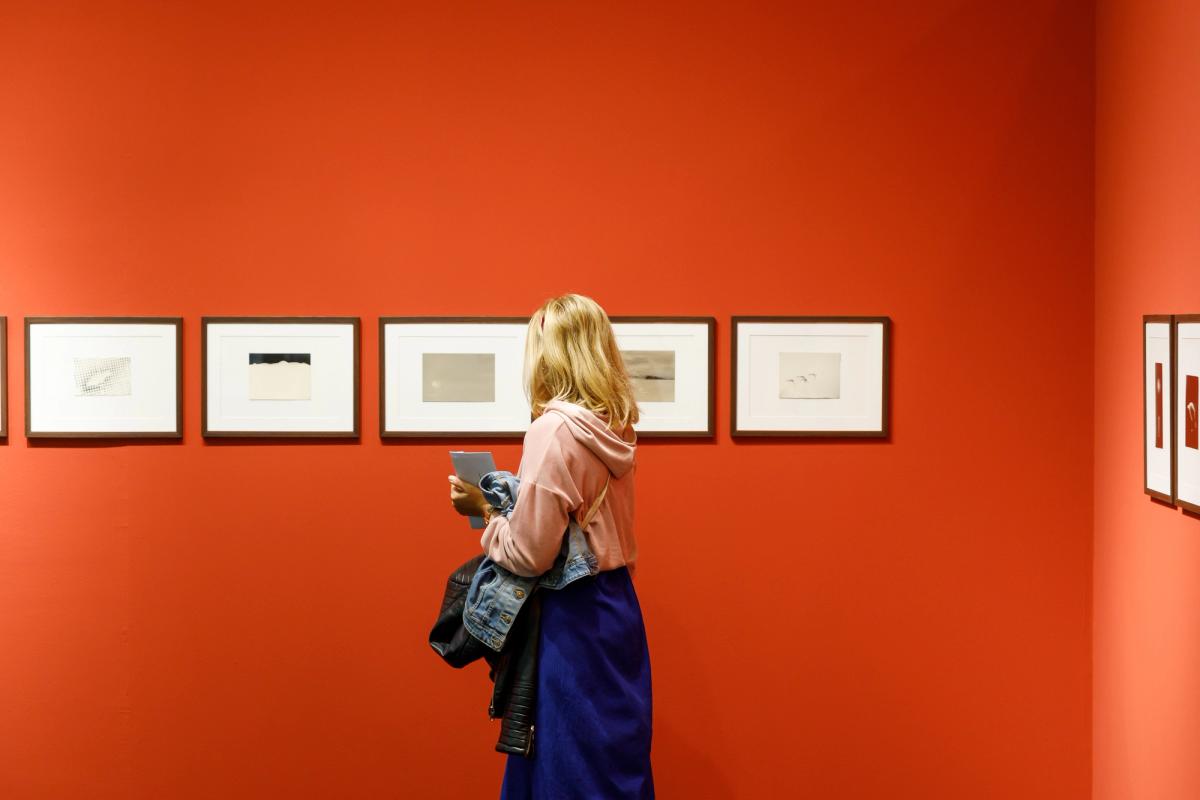Eric Schlosser, the director of Tbilisi Art Fair (TAF) in Georgia, could be forgiven for almost giving up on its third edition after two delays—the first due to Covid-19 in 2020, the second because neighbouring Russia invaded Ukraine earlier this year. He was therefore relieved to finally welcome visitors through the doors of the capital’s ExpoGeorgia venue for this year's edition, which ran from 22 to 25 September.
“When the war happened, we weren’t only thinking about postponing the fair but wondering if it would ever happen again,” he told The Art Newspaper last month. On 22 August, a wave of Russian men desperately fleeing the Kremlin’s “partial mobilisation” order flooded into Georgia, which shares a (de jure) 556-mile border with Russia. Despite this backdrop, Schlosser wants TAF to be known “for a place where everyone talks about art, not politics.” This is why the fair bucked the art world’s widely adopted trend of blacklisting Russian artists and galleries, although none of the latter applied this year. “TAF isn’t about boycotting culture, we believe it goes against the fundamental principles for which people are now dying in Ukraine,” he added.

Tbilisi Art Fair takes place at ExpoGeorgia. Courtesy of TAF
Avoiding politics, however, was always going to be unlikely at TAF 2022. Georgia and Ukraine’s relations with Russia are strikingly similar: 20% of Georgia’s internationally recognised territory is currently occupied by Moscow’s military. Sympathy and support for Ukraine’s plight runs deep in these parts, as was evident in some of the work on show. Georgian artist Alexander Sandro Antadze’s painting Dreams in TAF’s HIVE section for solo presentations of artists depicted the Kremlin on fire. “The work is not expressing anger towards the Russian people, it’s anger towards the Russian government—Georgians want to see an end to the Soviet, imperialist-era aggression,” he told The Art Newspaper.
Eighteen of the 28 galleries that set up shop in ExpoGeorgia were Georgian, with a particular focus on emerging artists. Several gallerists said they noticed fewer international visitors compared to the previous years but the locals turned out in force—and according to Schlosser, more money was spent than in 2019. “Around 140 works were sold, not including those purchased directly from artists’ studios, with another 20 or so sales still being discussed,” Schlosser said when the fair closed. “Photographs have been particularly popular, ranging from €150 to €4,500.”

The fair's HIVE section for solo artist presentations. Courtesy of TAF
The Georgian-Russian collector Georgy Djaparidze bought a 2022 portrait by Georgian painter Nika Kutateladze for $4500 from Tbilisi-based Artbeat gallery, and several photos from an archive begun in the 1990s by the Georgian photographer Daro Sulakauri. “There is no ego in Daro’s work. This resonated with me,” Djaparidze told The Art Newspaper. . Artbeat's director, Natia Bukia, said TAF’s encouraging sales were driven by the rising quality of both artwork and curation in the country. “The outlook for Georgia’s art scene is very positive, it has developed quickly over the last few years,” she said. “The reason we started our project in 2014 was because we saw the potential in Georgia’s contemporary artists. Since then, more and more galleries have opened, they’re getting more international experience, people are learning, and the curation is improving.”
Another Tbilisi gallery, LC Queisser, also sold well, placing one sculpture, a fabric work, and three photos. “The entire city is activated during TAF, Tbilisi is at the centre of the Caucuses’ creative life and many people are super curious about Georgian art. Collectors are becoming more open to non-Western artists,” gallery director Lisa Offermann said . “It’s important to dispel this centralising idea that culturally speaking, Tbilisi exists on the periphery of Moscow.” In spite of this, she added that “some” of the hundreds of thousands of Russians who have sought refuge in Georgia since the start of Russia’s invasion of Ukraine “can contribute something positive to the country’s cultural scene.” Bukia was not so convinced. Speaking of recent the influx of Russian immigrants since the start of the war, she says: “It’s a negative thing for Georgia—if you flee your country as a refugee then you should act accordingly, you shouldn’t go around celebrating [in bars and restaurants]. The Russians who arrive need to be more conscious of what’s going on.”

Anna K.E's REARMIRRORVIEW, Simulation is Simulation, is Simulation, is Simulation (2019) shown at Tbilisi Art Fair 2022. Courtesy of TAF
REARMIRRORVIEW, Simulation is Simulation, is Simulation, is Simulation (2019), the Georgian Pavilion’s huge “architectural environment and video installation” entry for the 58th Venice Biennale by artist Anna K.E. proved popular with visitors outside the main exhibition hall. Lounge Cabaret Mañana by French artist Yves Bartlett and French-Algerian-Russian artist Arslane Smirnov was a three-day-long performance that involved viewers reclining on sofas alongside the artists while they performed music. The audience was also invited to doodle over the duo's work on the walls.
Schlosser believes TAF offers a more tailored experience for visitors and pays more attention to the details as opposed to simply trying to sell art, “everything from the thickness of the gallery booth walls to the way we treat our guests.” Another draw, he added, is that TAF is not “distracted by the commercialisation and woke culture" that he believes is gripping art at fairs in Western Europe and the US. "We don’t like having an overarching theme at the fair, instead, we focus on the art being made on the external frontiers of Europe, from the Baltic states to the Caucuses. Here you’ll see work that is often rooted in craft and folk methods—there is a clear nod to tradition.”


